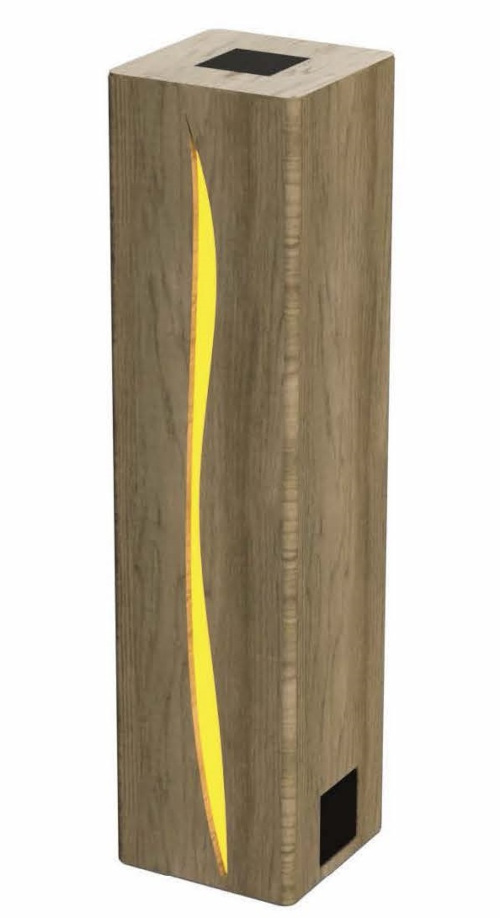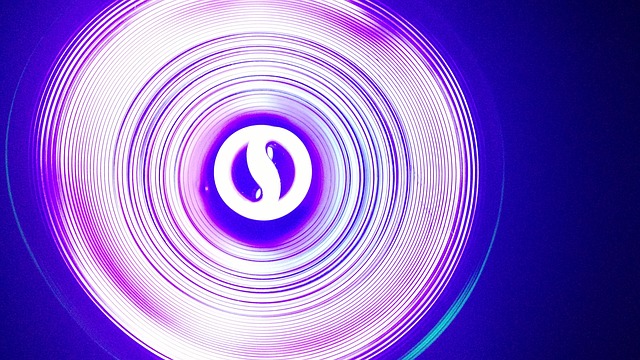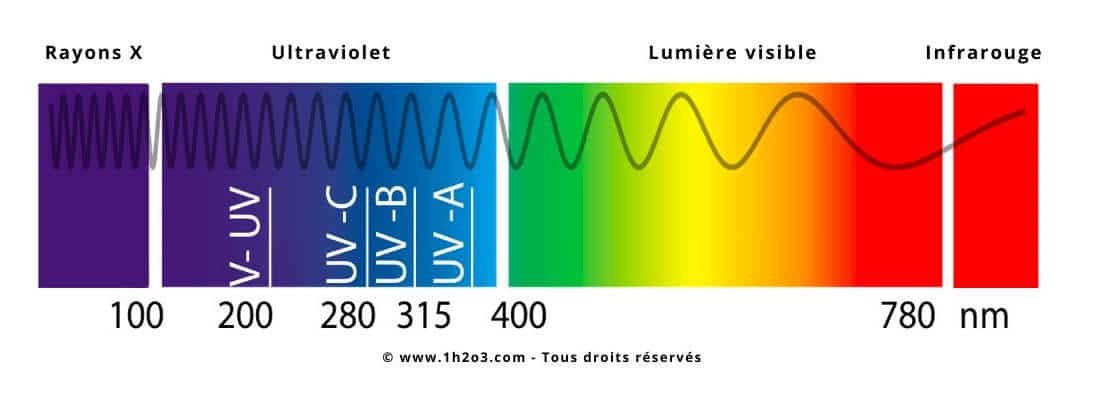- Home > News > Connected Objects > Danvie UV disinfectant lamp
Disinfect the air by UV-C lamp
Connected Objects
You may not know it, but since the 1970s, UV light has been used to disinfect microorganisms. UV light, unlike water-based disinfection techniques, uses a physical mechanism to inactivate bacteria quickly and effectively. When bacteria, viruses and protozoa are exposed to UV light of germicidal wavelength, they lose their ability to replicate and infect.
DANVIE, UV-C lamp for room disinfection

- The DANVIE lamp is an air purifier by UV-C
- Purifies the air all day long thanks to the UV-C light in complete autonomy
- UVC 150W germicidal lamp that guarantees 9000 hours of efficiency against viruses, bacteria, pollens, dust and VOC
- The DANVIE disinfection lamp is equipped with a HEPA filter, anti-odour carbon filter and washable pre-filter
- The structure of the DANVIE UV disinfection lamp is made of solid French oak and aluminum. It is equipped with a touch screen and offers an ambient light
Since 1970, UV-C radiation (from the UV family) has been used as a disinfectant for air, surfaces of objects and water. To date, UV-C disinfection has killed all viruses and bacteria tested in the laboratory.
UV-C light sources have therefore proven to be effective against the SARS-CoV 2 virus. UV-C technology for the prevention of SARS-CoV 2 (Covid-19) cleans the air and disinfects living spaces. It is therefore an effective and easy-to-use preventive solution that reinforces protective measures.
By damaging the DNA of bacteria and viruses, the UV-C light of 200-280 nm deactivates them. The genetic data is then obliterated. As a result, microorganisms lose their ability to reproduce and die out. Furthermore, while viruses and bacteria are able to develop resistance to chemical disinfectants, they are unable to develop immunity to UV-C light.
UV disinfection: how does it work?
Bacteria, viruses and protozoa that are exposed to germicidal UV radiation lose their ability to multiply and infect.
UV radiation has been shown to be effective against pathogens that cause diseases such as cholera, polio, typhoid, hepatitis and other bacterial, viral and parasitic infections. UV light can also be used (alone or in combination with hydrogen peroxide) to remove chemical pollutants, including pesticides, industrial solvents and drugs, through a process called UV oxidation.

Microorganisms are rendered inactive by UV radiation because their nucleic acids are degraded. The high energy levels associated with the short waves of UV light, particularly at 254 nm, are absorbed by cellular RNA and DNA. UV absorption creates double bonds or dimers by forming new bonds between neighboring nucleotides.
The most common photochemical degradation is the production of dimers at neighboring molecules, especially thymine. The synthesis of numerous thymine dimers in the DNA of bacteria and viruses inhibits the replication process, thus reducing their ability to infect.
Is UV effective in disinfecting?
A large number of scientific studies have demonstrated the ability of UV light to inactivate a wide range of pathogens such as bacteria, viruses and protozoa. UV has a distinct advantage over chlorine-based disinfection methods in that it can inactivate protozoa that are hazardous to public health, particularly Cryptosporidium and Giardia species.

The release of these harmful microorganisms into the lakes and rivers that serve as outfalls for treatment plants using the chlorine disinfection method increases the risk of contamination to communities that drink the drinking water from these same water bodies and use them for recreational activities. UV can be beneficial to water treatment plants because it can easily inactivate chlorine-resistant pathogens (protozoa), thereby reducing the amount of chlorine used and the development of by-products.
Given the effectiveness of these processes in industrial environments, there is no doubt about their effectiveness in the living room of your home.
Characteristics of the DanVie disinfecting UV lamp
- Dimensions : 120x30x30 cm
- Weight : 15 Kg
- Material : Solid oak and aluminium
- Volume of air treated : 150m cube / hour
- Particles filtered : 99.97
- UVC power : 400uW/cm² at 254 nm
- Sound level : 35 dB
- Electrical power : 170 W
- 3 years warranty










